“When you ask a Finn how many researchers they can name, many will still respond with the name of Spede Pasanen.”
This observation from Mikko Heiskanen, who is participating in the Ratkaisu 100 competition with Tsampo, is only partially intended as a joke. Science and scientists are rarely as well recognised as the nation’s own inventor, Pasanen.
Tsampo is a digital platform that attempts to solve several problems at once. Researchers are not well known and their expertise is not put to general use. Decision-makers and reporters often have difficulty finding the best expert on each topic. Researchers, in turn, spend an unreasonable amount of time preparing funding applications and completing administrative tasks, which reduces the time they have for research. If, after all this, there is time left for sharing expertise, there are no real incentives for it.
“Resolving today’s major problems requires making full use of scientific expertise.”
Tsampo’s Mikko Heiskanen believes that resolving today’s major problems requires making full use of scientific expertise. There is plenty of knowledge and expertise: 5,000 scientific publications are published every day in the world, says Heiskanen. How could this information produced at universities be used to its full potential?
The solution is simple in principle: more can be obtained from science by identifying the best researchers and asking questions. Research is slow, but expertise can be quickly shared using Tsampo.
There have been many practical problems in the way, which everyone generally recognises.
“Tsampo is a practical tool for accomplishing goals that have been talked about for a long time,” says Heiskanen.
Tsampo is a digital platform, which makes the research process more effective, all the way from applying for funding to publishing the results. The platform brings together funders, researchers and end users and makes everyone’s work more efficient and transparent.
Here’s how Tsampo works: the researcher can apply for funding from several foundations with a single application. The application then also creates an expert profile for the researcher, such as a dynamic CV, also resulting in a comprehensive database of experts being created during the process.
Tsampo is a digital platform, which makes the research process more effective.
“Even if a researcher does not obtain funding for a specific project, he or she still becomes a part of the expert pool of the service, making it easier to find the expertise. Every new application updates the profile,” explains Heiskanen.
A funder, in turn, can see the other funding providers for the study and how the research project is progressing, in addition to how a researcher is sharing expertise with other researchers and society.
Those needing knowledge, such as companies, decision-makers and reporters now have a new way to find experts. An expert can be found by asking the question, not by using search words in potential areas of expertise. In response, Tsampo offers the best possible international experts or, alternatively, asks for clarification on the question.
The expert on the topic does not end up being someone who knows about a similar topic and is located at the nearest university, but is the very best expert on the subject regardless of the country they are located in. The service also helps identify those researchers who are not able to highlight their personal expertise.
“Universities teach researchers to market themselves and their expertise, which is good. But some researchers are introverted by nature, so they can find it difficult,” says Heiskanen. “Tsampo turns even introverts into extroverts, but on their own terms. Researchers do not have to know how to market themselves or spend time on it. Tsampo will do it for them.”
With Tsampo, all types of peripheral activities take less time and energy than before. “It is enough that the researcher performs well.”



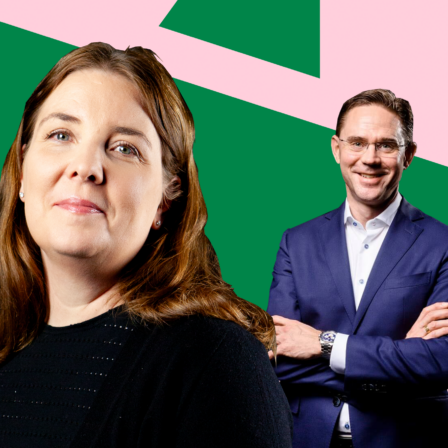
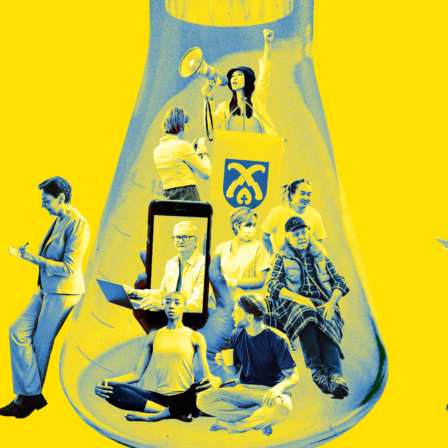

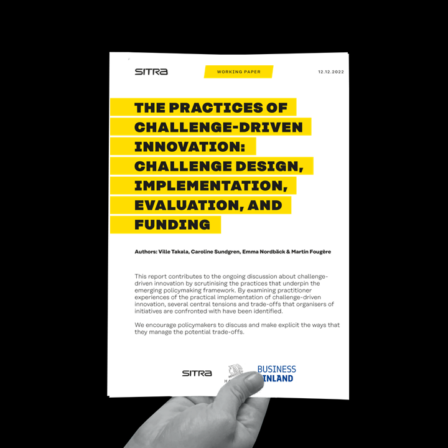
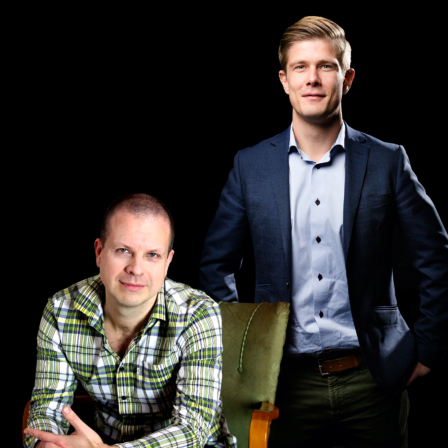

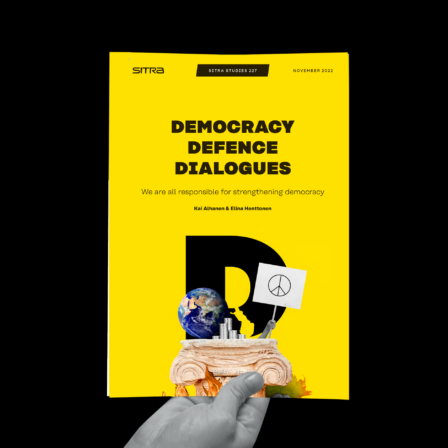


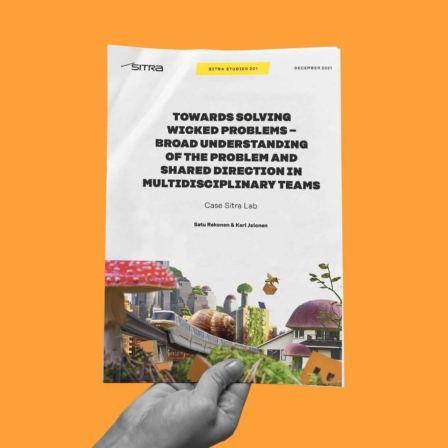


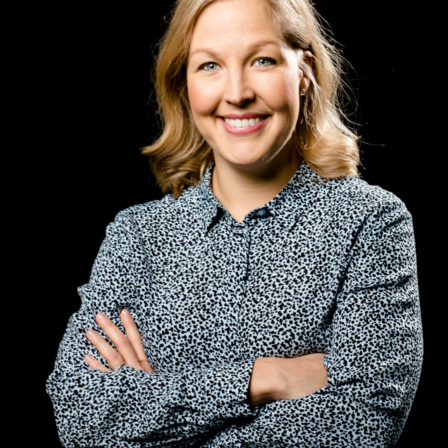
Recommended
Have some more.